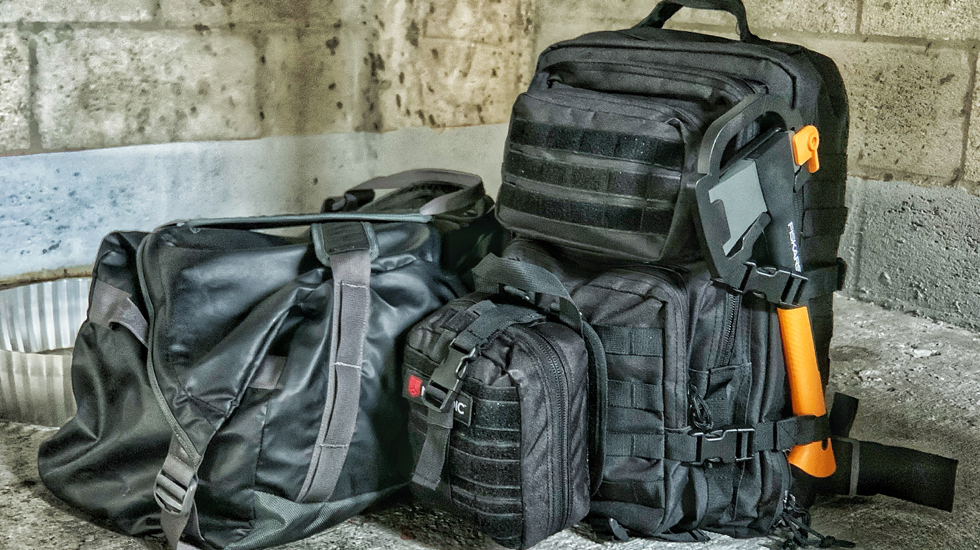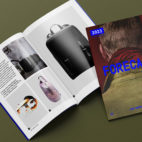What’s In My Bug-Out Bag: 2020 Update
When looking at the year 2020, you can’t be blamed for asking, “What’s next?” Between the pandemic, stay-at-home orders, curfews, riots, looting, murder hornets, etc. anxiety and worry are at the forefront. Then adding to the mix, hurricane season just started in this area of the world.
With all the social unrest, and an active hurricane season predicted, I began to reevaluate my preparedness; namely, my go-bags and storm prep.
About a year ago, when I wrote the article What’s In My Bug-Out Bag? I was reasonably confident in my loadout. Wow, I was wrong. Many seasoned outdoors people were quick to point out my failure in creating a suitable bug-out bag. I took their critiques to heart and made adjustments. For storm prep, I reached out to the Carryology Classified group on Facebook. Sure, I know what it’s like going through a hurricane, I’ve been through a handful of them. Still, I didn’t want to repeat errors from the past, but rather, wanted to tap into the wealth of knowledge in the carry community.
It’s hard to guide someone on how to survive because tips and tricks will be different based on location, single vs married vs married with children, and also are we dealing with an emergency or a disaster. Nevertheless, below are some tips and suggestions gleaned from the group that can help you get your bearings in this nuanced space, or help you refine your current strategy and setup. This is by no means an exhaustive list or guide.
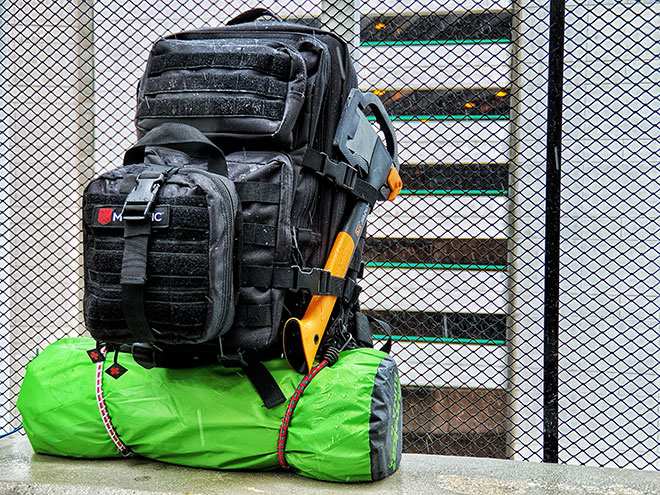
Evacuating or Bugging Out
Only a few years ago, I was faced with the potential of a massive Cat5 hurricane with tornadoes; really, at that point, few houses are safe. My options were to head to a designated shelter or brave an uncertain trek out of the path.
Whether it’s a natural disaster or social/political unrest, the ability to leave quickly with the right gear is paramount.
Pack
I went from a JanSport Big Bear 63 to a Red Rock Large Assault Pack 35L, hoping to never use it; it ticks the boxes I was looking for. Other options are the Arc’teryx LEAF series, Mystery Ranch 3DAP, Triple Aught Design Fast Pack EDC, GORUCK GR3, Hill People Gear UTE, and the Granite Gear Leopard; there are a ton of options out there. Some considerations that were highlighted are strong zips, comfortable yet robust shoulder straps, external latch points, water resistance, and capacity.
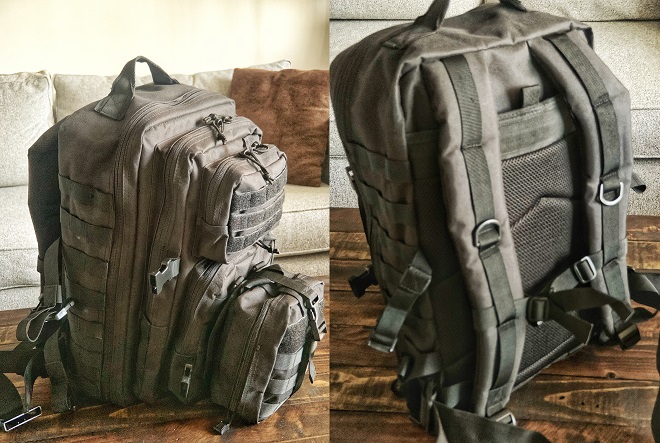
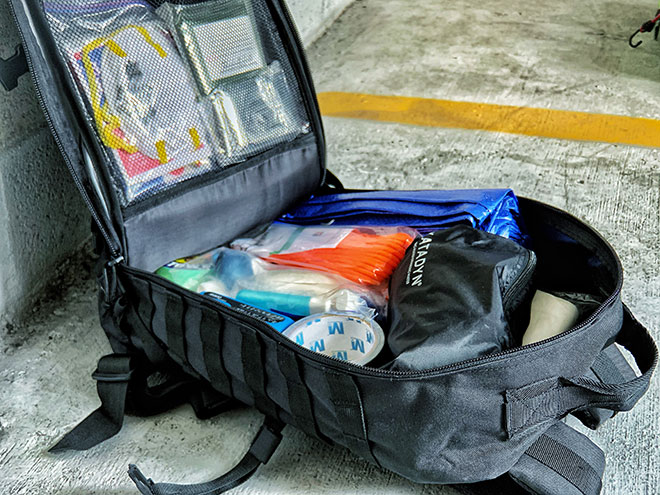
There’s also something to be said about having a sturdy duffel at the ready that you can quickly grab and toss into your vehicle. Many of the brands noted above also produce duffels. For a lower cost duffel, there’s the Cotopaxi Camello 50L, or you can check out the Peak Design Travel Duffel 35L, or Peak Design Duffelpack 65L. Although excellent gear haulers, a duffel would be lacking if one needs to walk any considerable distance. Nevertheless, a companion duffel to your go-bag with extra supplies that can be tossed in the car would be helpful – I use a Cotopaxi Roca 50L for this purpose. Below are a few suggestions on what to keep in a duffel bag:
Three liters of water
First aid/trauma kit
High-energy snacks
Waterproof copies of ID and critical documents
Flashlight
Extra clothes
Tent
Small camping gear
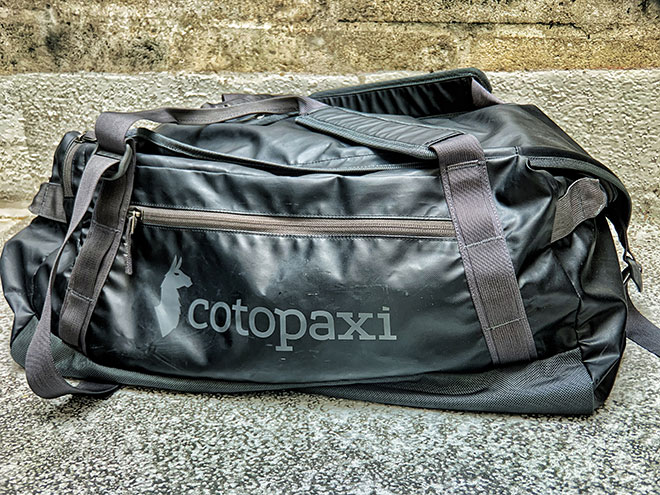
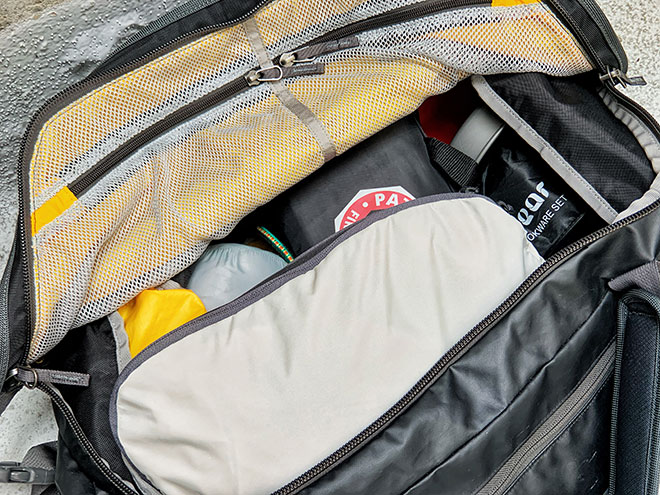
Gear
Below are items that I have included in my own go-bag backpack, were mentioned in critiques of my previous pack, or are directly endorsed by others in the community. These are all items I feel comfortable and skilled in using. If you don’t know how or when to use an item, of what benefit is it?
Water
Potable Aqua Purification Tabs
Food
SOS Food Rations or Mountain House Freeze Dried MREs
Utensils
Energy Bars
Shelter/Sleep
Tarp
Poncho
Change of clothes (seasonal consideration needed)
Extra socks and underwear (avoid cotton, embrace merino wool)
Hat
Outdoorsman Lab Inflatable Sleeping Pad
Packable hammock
Eureka! Suma 3-Person Tent (I have a small child, and am willing to put up with the extra 4 lbs)
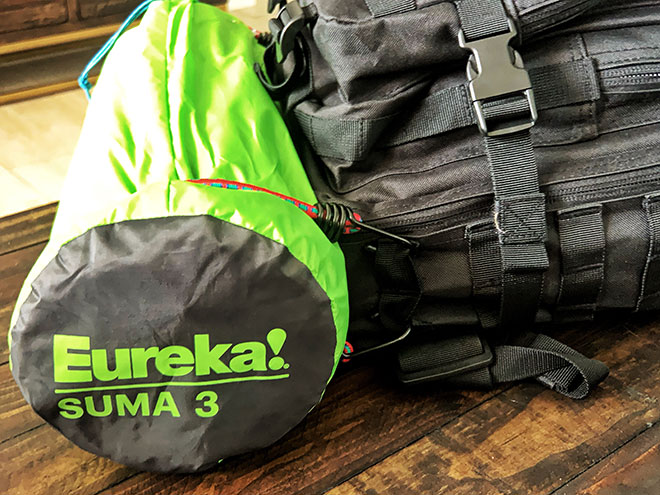
Fire
Bic lighters
Cotton balls with Vaseline or bag of dryer lint with Vaseline
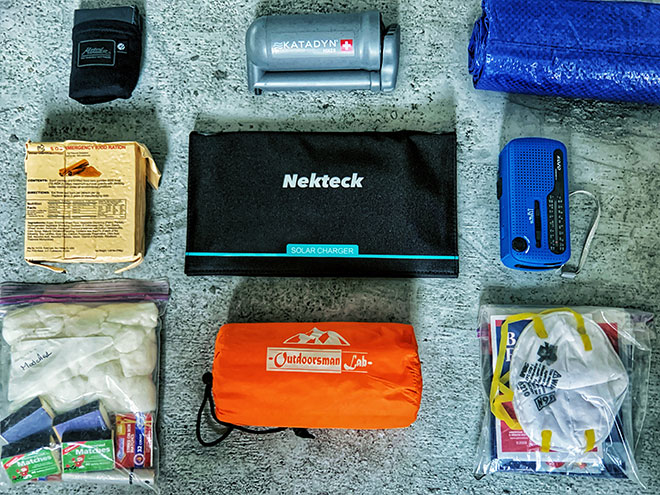
Utility
Sturdy gloves
First aid/trauma kit (my wife is a nurse, and although pricey and can be built piecemeal much cheaper, she liked the kits from MyMedic)
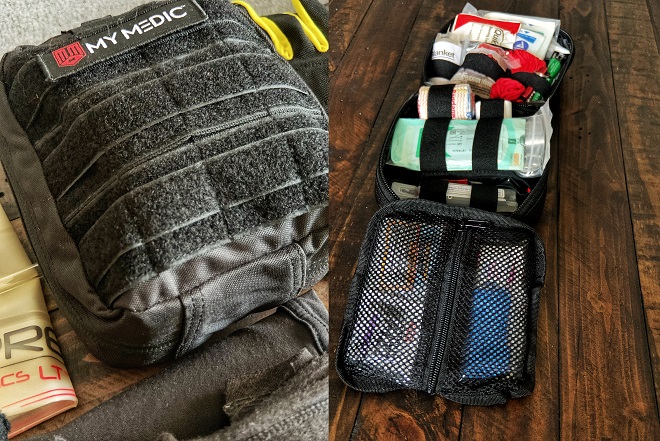
Paracord (1/8 inch Spectra Cord was also mentioned)
Hygiene kit (soap, toothpaste/brush, wet wipes, deodorant, hand sanitizer, toilet paper, packable towel)
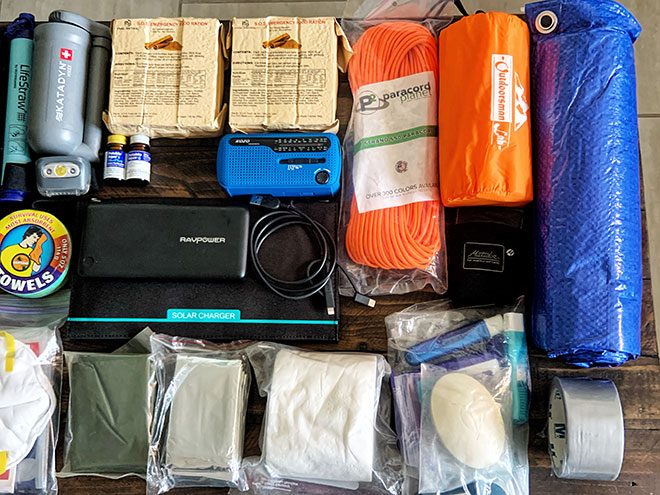
Walkie Talkies
Rechargeable tactical LED flashlight (I use a JETBeam MS-R28)
Headlamp
N95 respirator mask
Essential documents in a waterproof container
Cash
RAVPower 20100mAh External Battery w/ cable
Firearm
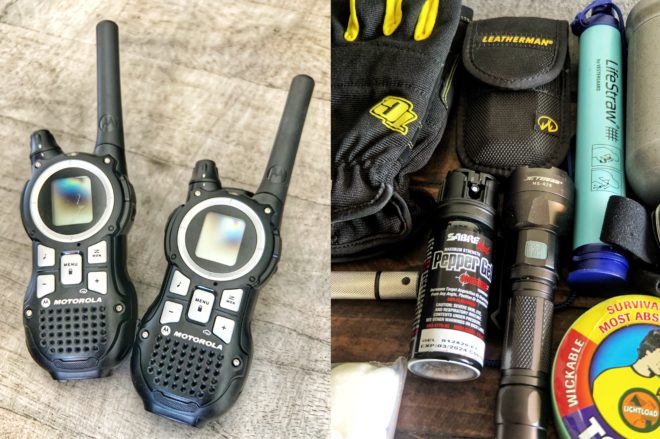
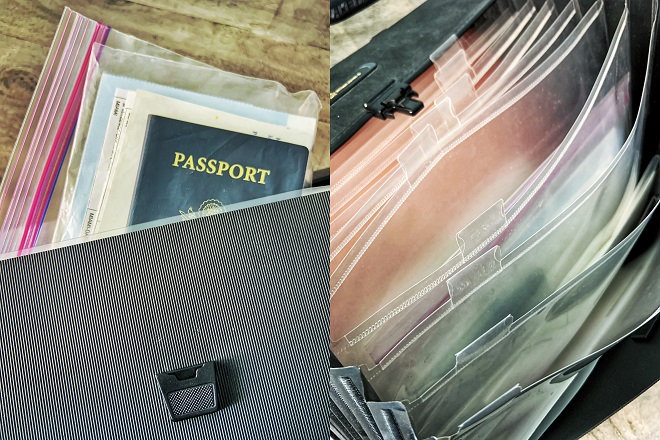
Staying In
Let’s say that after an evaluation, it’s best to stay in place; you’ll want to be prepared to bug-in instead. Consider having an evacuation kit and a hunker down kit. Below are some helpful tips from the community on how to hunker down.
Storage
In a “bug-in” situation, your whole house can be storage. Nevertheless, a well-stocked pantry, along with some stackable bins was a common theme.
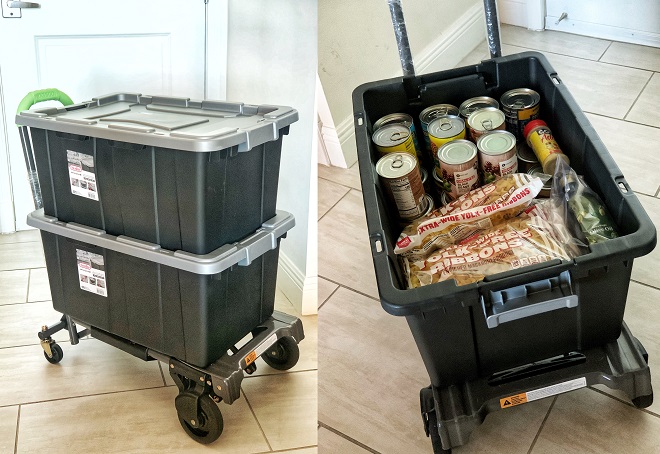
Rubbermaid, Husky, Craftsman, and Sterilite all produce heavy-duty, latching, and water-resistant bins that can be managed into sections and stacked. If time allows, these bins can be moved to a car for evacuation. Still, containers should be viewed as a supplement to your go-bag.
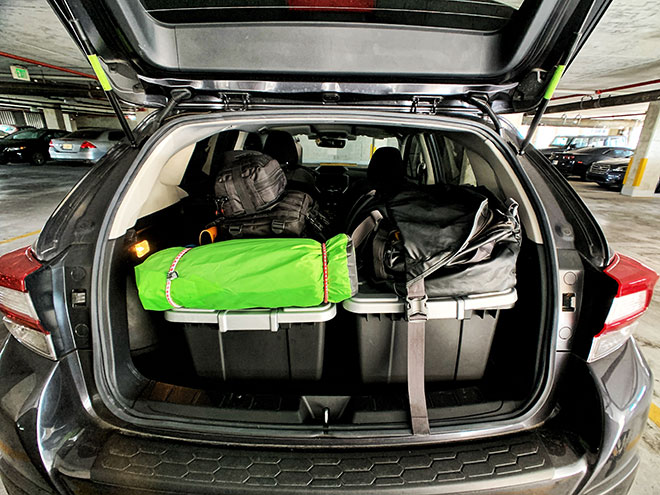
Below are a few clever suggestions:
Attach a transparent page protector on each bin with an inventory of items inside and expiration dates.

Split supplies among the containers in case one gets lost or is compromised.
Suggested items: Camping gear, gun gear, tools, food stuffs, water, large first aid/trauma kit, sensitive documents, portable chargers, flashlights, batteries, rope, duct tape, gloves, saw.
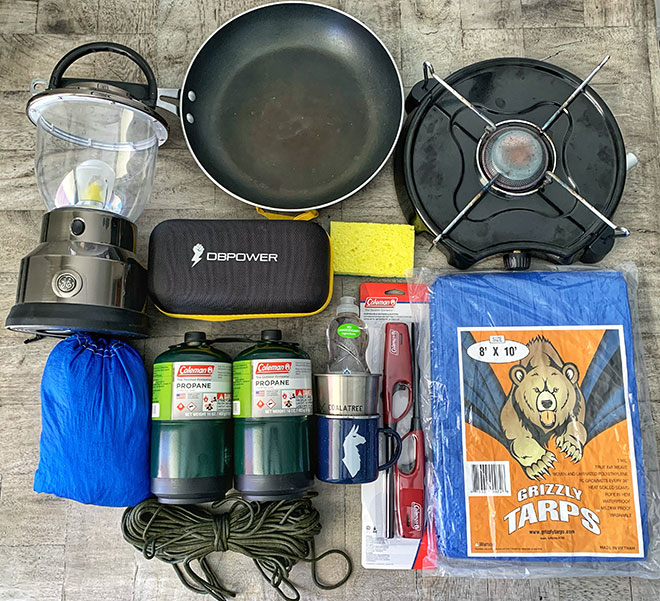
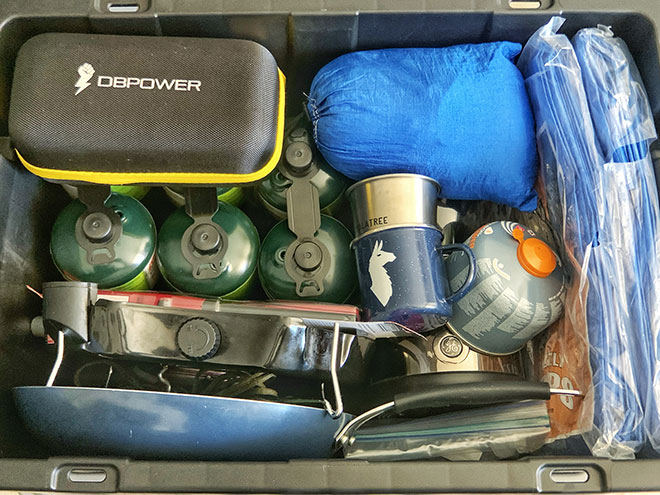
Extra bins can be used for flushing and bathing.
Include a laminated Essential Information Card with instructions on what to do, a map of the area, known refuge points, and essential phone numbers.
Practical suggestions
You can increase your water supply exponentially by filling and stopping up your bathtubs with clean water.
Keep five gallons of water per person in the house.
Water can be treated with ¼ tsp bleach per gallon, depending on the type of bleach. Use unscented chlorine bleach with an active ingredient of between 6% and 8.25% of sodium hypochlorite. Add either eight drops of 6% bleach or six drops of 8.25% bleach to one gallon of water. DO NOT DRINK IMMEDIATELY. Allow mixture to stand for about 30 minutes.
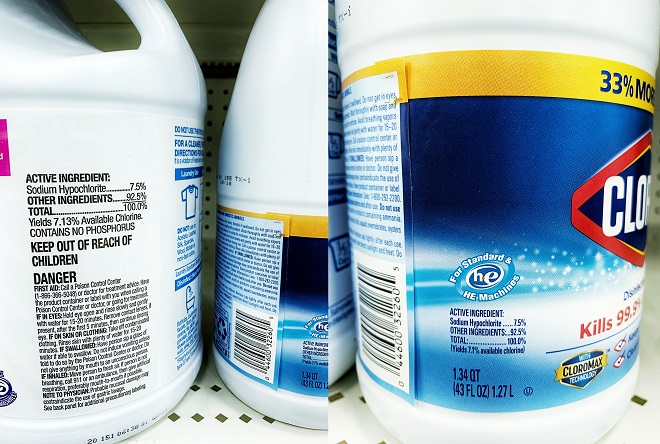
Store long shelf life food such as jerky, honey, peanut butter, and multivitamins.
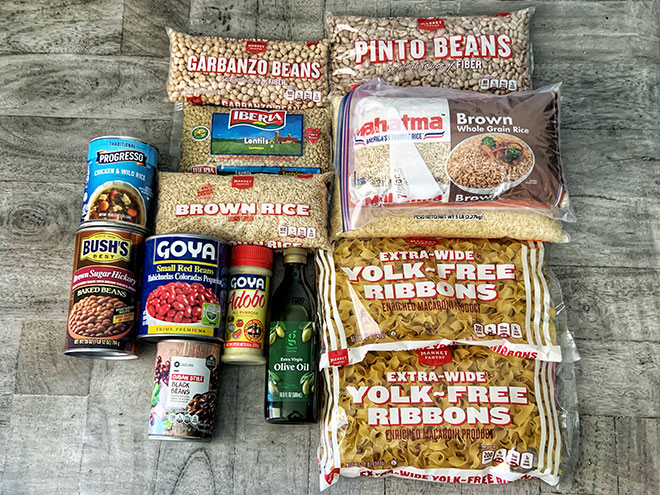
Use battery-powered lanterns, less chance of burning your house down.
Walk around your house with your eyes closed, so when the lights go out you can maneuver effectively.
Plan “escape” routes.
Pinpoint refuge locations in the event of a catastrophe; an innermost closet, a windowless bathroom, or inside your non-operating car inside the garage.
Keep your car’s gas tank filled as much as possible.
Keep a secondary gas tank that can be transported to your vehicle.
Keep a secondary water jug that can be filled and later transported if needed.
Have a cash stash on hand. In an emergency, especially after a hurricane, chances are power will be out, and any open stores will be cash-only.
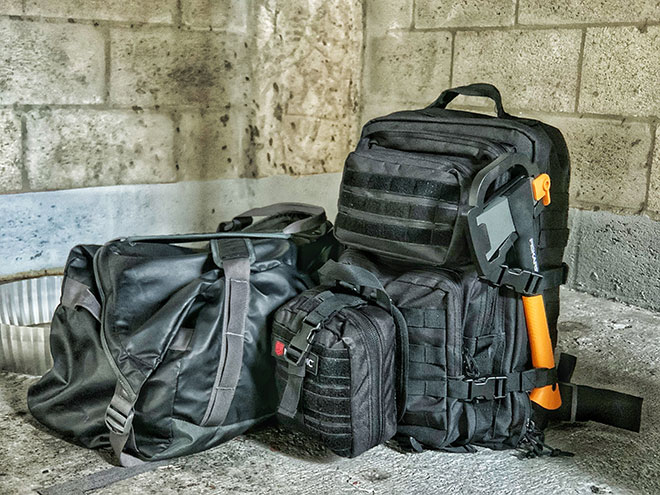
The thing with emergency preparedness is that it’s somehow related to someone’s humanity, instincts, survival abilities, and ego. No guide will be the be-all-end-all of this discussion, and no single person can be the foremost authority on the subject, however confident or curt they are. In fact, some would argue that the idea of a beginner’s guide is silly, and people should just read survival books and take classes. The best thing a person can do is educate themselves, here are a few book recommendations:
“When All Hell Breaks Loose” by Cody Lundin
“98.6 Degrees: The Art of Keeping Your Ass Alive” by Cody Lundin
“SAS Survival Handbook” by John Wiseman
“Woodcraft: A Handbook for Vacation Campers and for Travelers in the Wilderness” by Horace Kephart
“A Field Guide to Edible Wild Plants” by Lee Peterson
Once you educate yourself, the best advice from numerous outdoorsmen is to PRACTICE.
Before making significant decisions, ask yourself some questions, and determine what your comfort and skill level is. Are you alone? Do you have children? Are you leaving your house? Why are you leaving? If you do leave, do you have a plan on where to go? If communications are down, do you have a plan on rendezvous points and timelines? If you need to evacuate, are you fit enough to carry a heavy pack for extended periods? How long can you carry your bag? Are the other members of your family skilled and informed?
Stay safe out there.
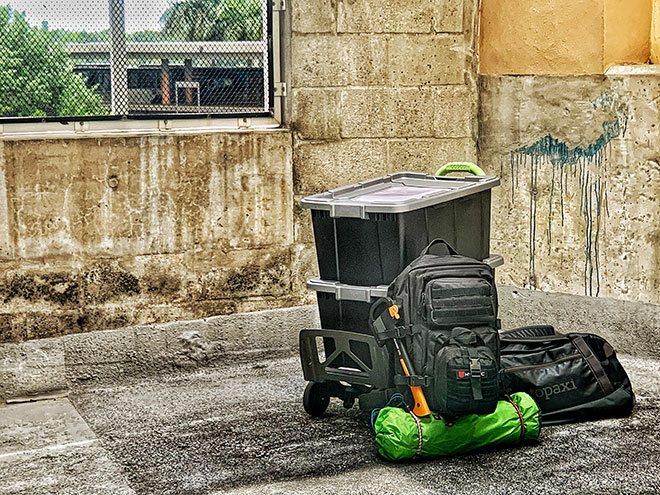
This article was written by Jovanni Bello. Renaissance man, adventurer and cell phone photographer.





 Carry Awards
Carry Awards Insights
Insights Liking
Liking Projects
Projects Interviews
Interviews
